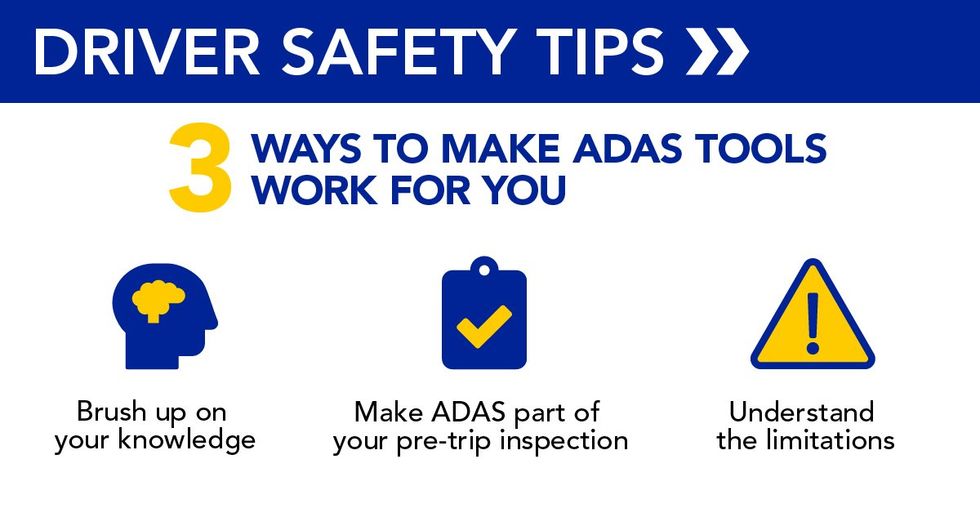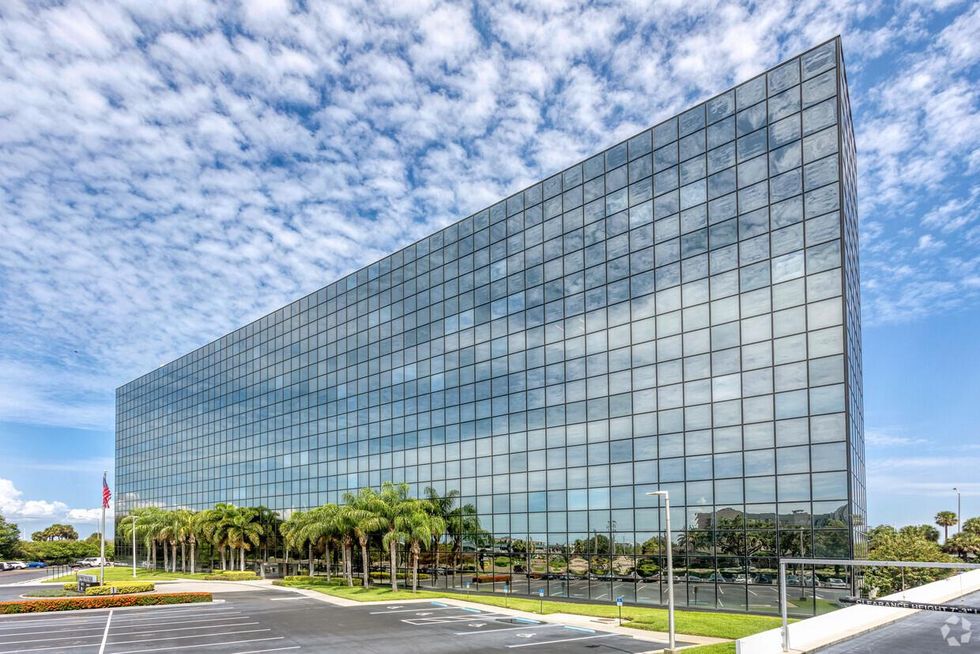The use of sustainable vehicles and fuels is growing in medium- and heavy-duty fleets, and fleets are adopting a range of technologies and have plans to add alternative technologies going forward.
“We believe that 2027 could very well be the last of the major diesel engine development programs that we see out there in the world — which is pretty amazing,” said Erik Neandross, CEO of Gladstein Neandross & Associates, which created The State of Sustainable Fleets 2023 report.
The report, sponsored by Penske Transportation Solutions and released during the Advanced Clean Truck Expo on May 1, examines the current state of prevalent sustainable vehicle platforms for medium-duty (MD) and heavy-duty (HD) fleets and identifies the trends shaping the industry’s future.
For the first time since the report launched in 2020, 75% of fleets that have never used leading clean drivetrain technologies plan to increase use in the next five years. “Across clean fuel types, we’re seeing accelerating momentum and an increasing commitment to low-carbon fuels and zero-emission commercial vehicles,” Neandross said.
Regulatory requirements and government incentives are helping to move projects forward, but Drew Cullen, senior vice president of fuels and facility services for Penske Transportation Solutions, said all fleets are trying to do the right thing even outside of regulatory pressure. “We’re all trying to get workable solutions that we can fit into our business to make a difference,” he said, adding that operational capabilities are critical.
Cullen spoke as part of a panel presentation following the report’s release. He was joined by Thomas de Boer, vice president of commercial road transport for Shell, and Ari Silkey, general manager of North American surface transportation for Amazon.
Battery Electric Vehicles
Interest in battery electric vehicles (BEVs) has continued to increase. Orders for MD and HD BEVs surged 640%, with nearly 30,000 MD orders and 2,400 HD battery-electric school bus orders placed in 2022.
“Zero-emission vehicles and other alternative powertrains, infrastructure, renewable energy and funding all continue to make significant strides in meeting and exceeding fleet sustainability targets,” Cullen said.
At least half of fleets across 11 different fleet types, including logistics, transit, school, cargo and delivery fleets, have operated an MD or HD battery-electric vehicle in the annual survey and 92% of those fleets plan to grow their use. The report found that 85% of fleets taking part in the survey are using electric yard trucks.
A memorandum of understanding (MOU) signed by 17 states and the District of Columbia set a goal of reaching 100% ZE sales for MD and HD vehicles by 2050. Although the MOU is voluntary, 13 of these states have taken action to reach the goal by adopting or beginning to adopt California’s Advanced Clean Trucks requirement for ZEV sales in their states.
Hydrogen Fuel Cells
Legislators and regulators are investing in hydrogen production and fueling infrastructure, and private investments by global leaders are also targeting production. The public hydrogen station network grew 12% and the first plans to build station networks outside of California were announced for the central, mid-Atlantic and southwestern U.S.
According to the report, a viable refueling landscape could soon exist as these vehicles become commercially available. Among respondents, 10% of fleets using clean vehicles have operated fuel cell electric vehicles (FCEVs) in the last two years, with 63% expecting to grow their FCEVs in the coming years. Transit and regional/long-haul goods movement fleets have the highest use rates, with approximately 17% reporting use of at least one FCEV.
Natural Gas Vehicles
Fleet demand for natural gas vehicles (NGVs) continues to rise, indicating high user confidence and satisfaction with this mature, clean drivetrain technology. Plus, compressed natural gas (CNG) and renewable natural gas (RNG) continue to offer price advantages compared to diesel. On average, surveyed fleets that used natural gas in the last two years used it for approximately 20% of their vehicle population, the largest penetration rate among users of any of the clean drivetrains in the study.
Propane Vehicles
Propane engines on the market today already meet stringent new engine emission requirements, and the propane vehicle and fuel market also continue to play a role in the industry, especially with bus fleets. The study found that 57% of fleets surveyed plan to increase their propane consumption during the next five years.
After two years of declining sales, industry reports indicate that sales of new propane vehicles increased 11% overall in 2022, thanks to a surge in demand for medium-duty paratransit, municipal and utility vehicles.
Renewable Diesel
Renewable diesel (RD) has proven to be a sustainable drop-in fuel that can replace diesel and both the production and use of the fuel has grown. In 2022, domestic RD production doubled from 800 million gallons in 2021 to more than 1.7 billion gallons. On the demand side, national RD consumption increased by more than 45% for the second year in a row, and it represented 83% of all bio-based diesel consumed in transportation in California for the first three quarters of 2023.
“The expansion of renewable diesel gives others options when a zero-emission piece of equipment or renewable natural gas isn’t a solution for them,” Cullen said.
Penske offers RD at several of its locations on the West Coast. “We realized this is a true drop-in fuel that comes with a much lower overall emissions footprint than regular petroleum diesel,” Cullen said.
Overall, fleets and their industry partners are working together to decrease emissions. “It feels really good that the industry is progressing, and a lot of these partnerships are coming together all over the place and continuing to move things along,” Cullen said.
Download the report: The State of Sustainable Fleets 2023


 The Penske Truck Leasing Information Technology Center is located within the Lincoln Center in Westshore, in Tampa, Florida.
The Penske Truck Leasing Information Technology Center is located within the Lincoln Center in Westshore, in Tampa, Florida.  Penske Truck Leasing's Information Technology Center Interior - Tampa, Florida.
Penske Truck Leasing's Information Technology Center Interior - Tampa, Florida.